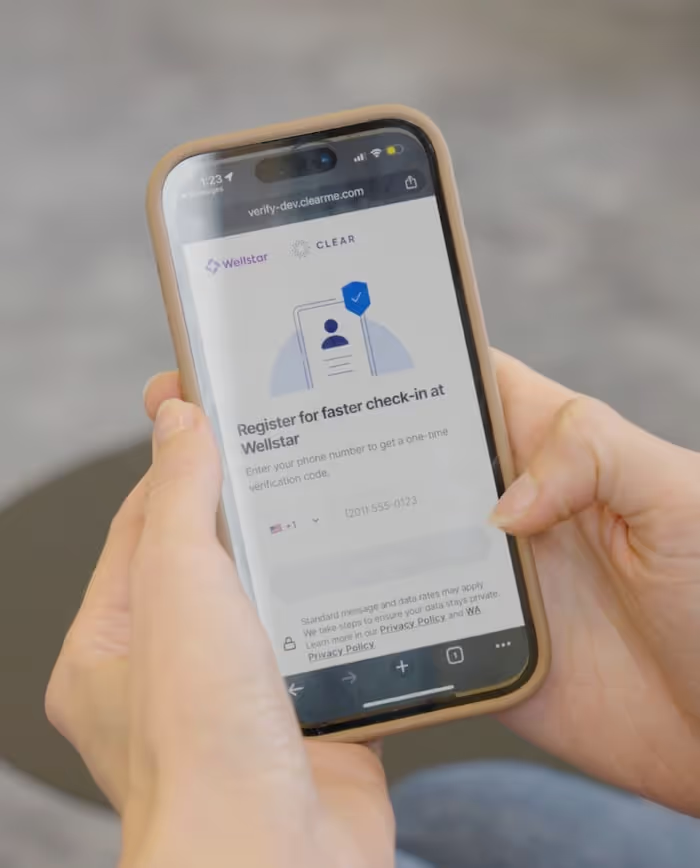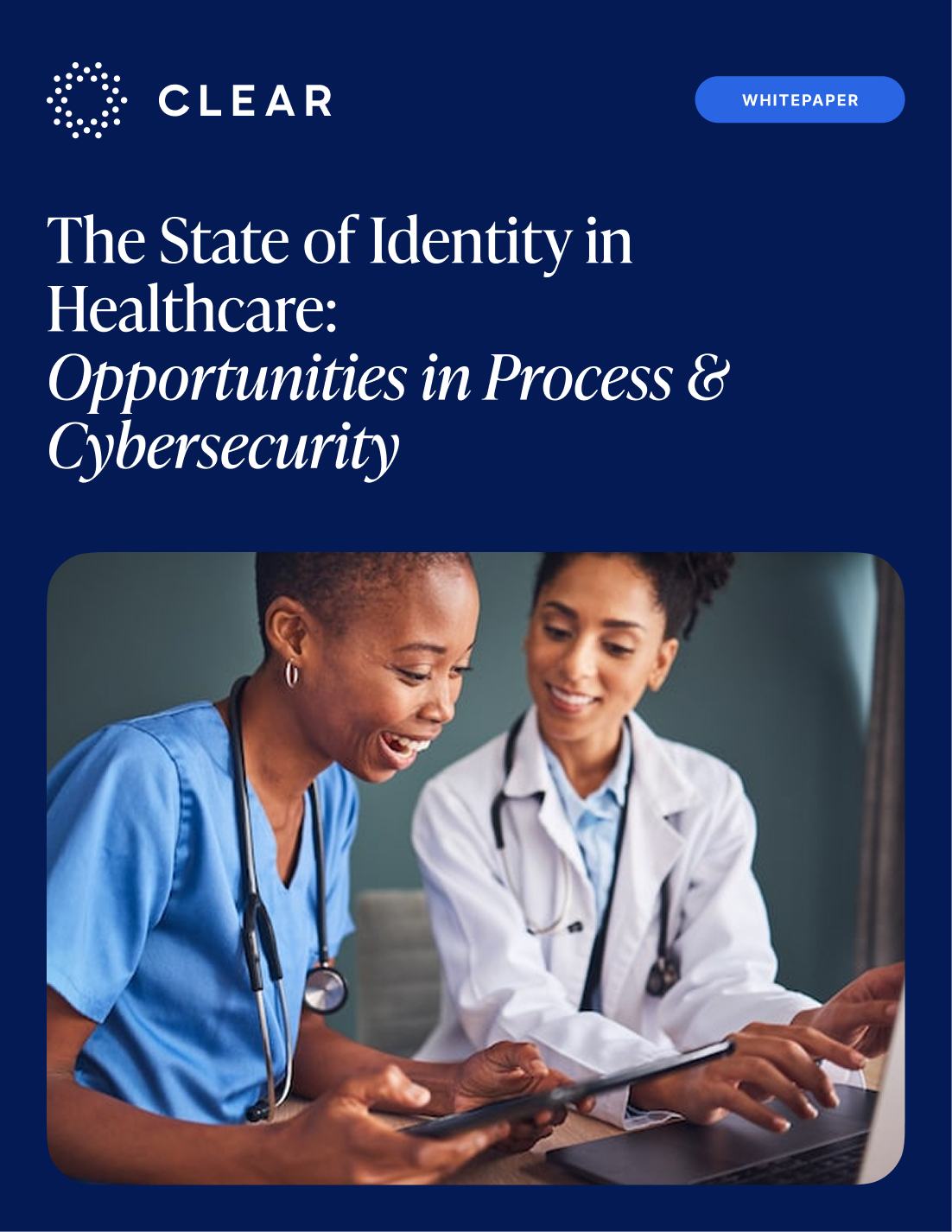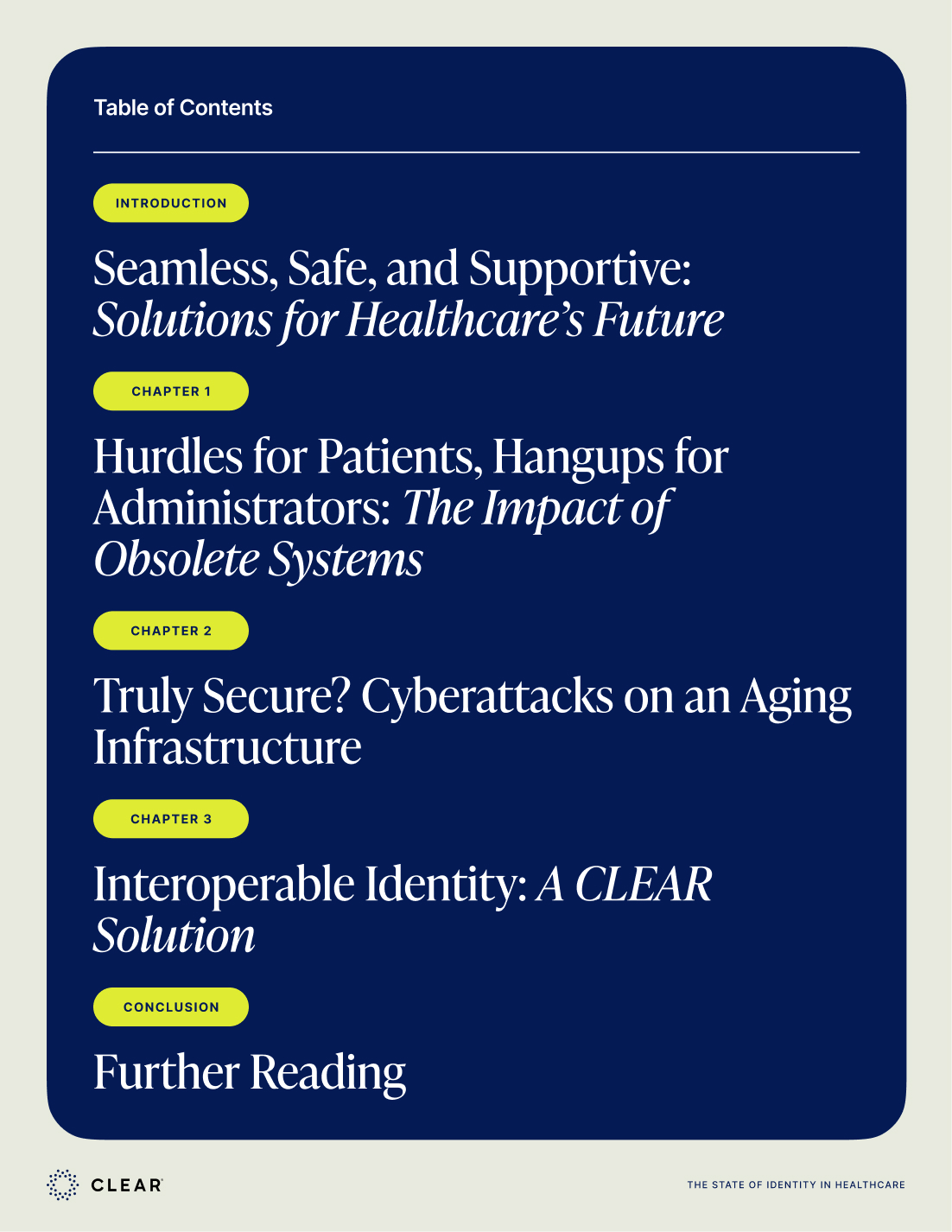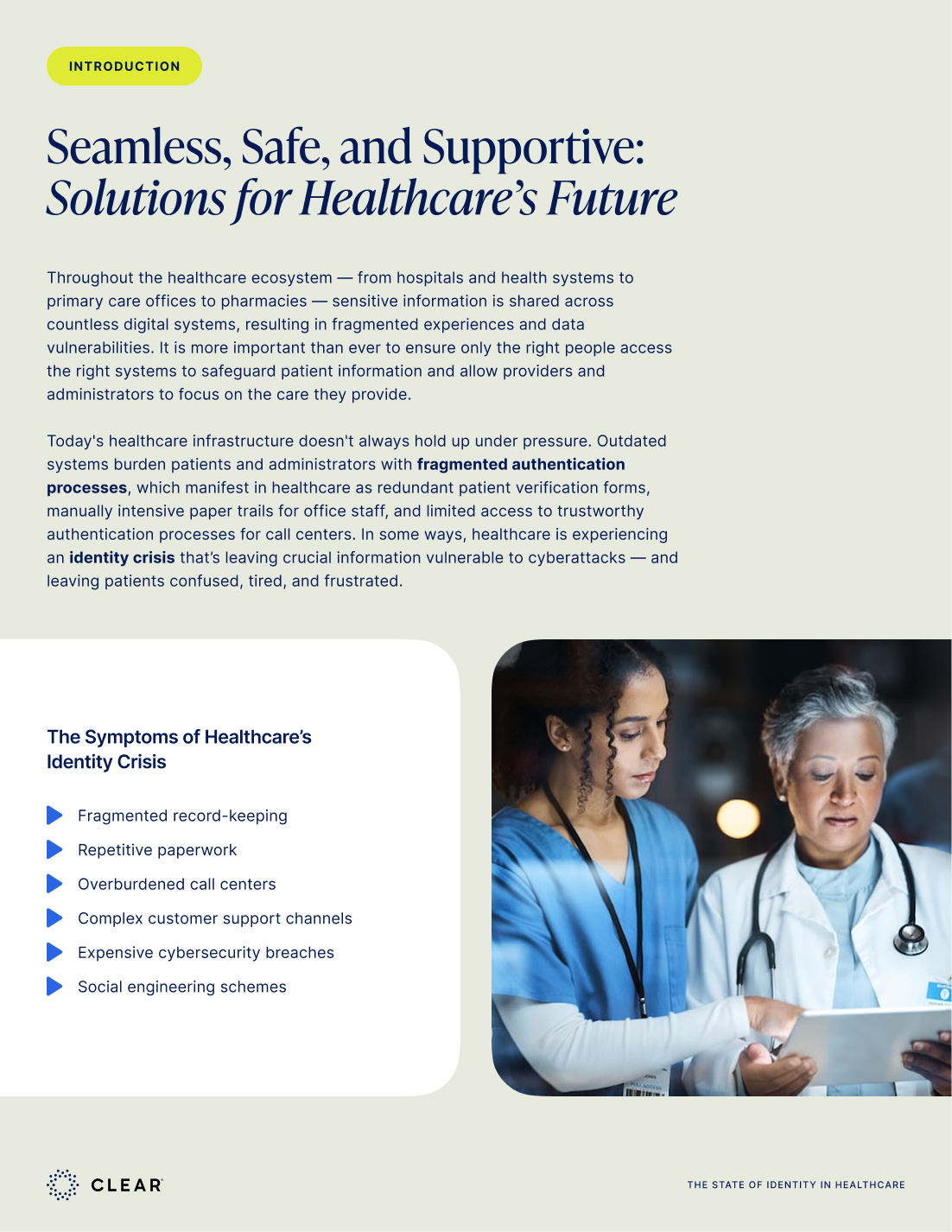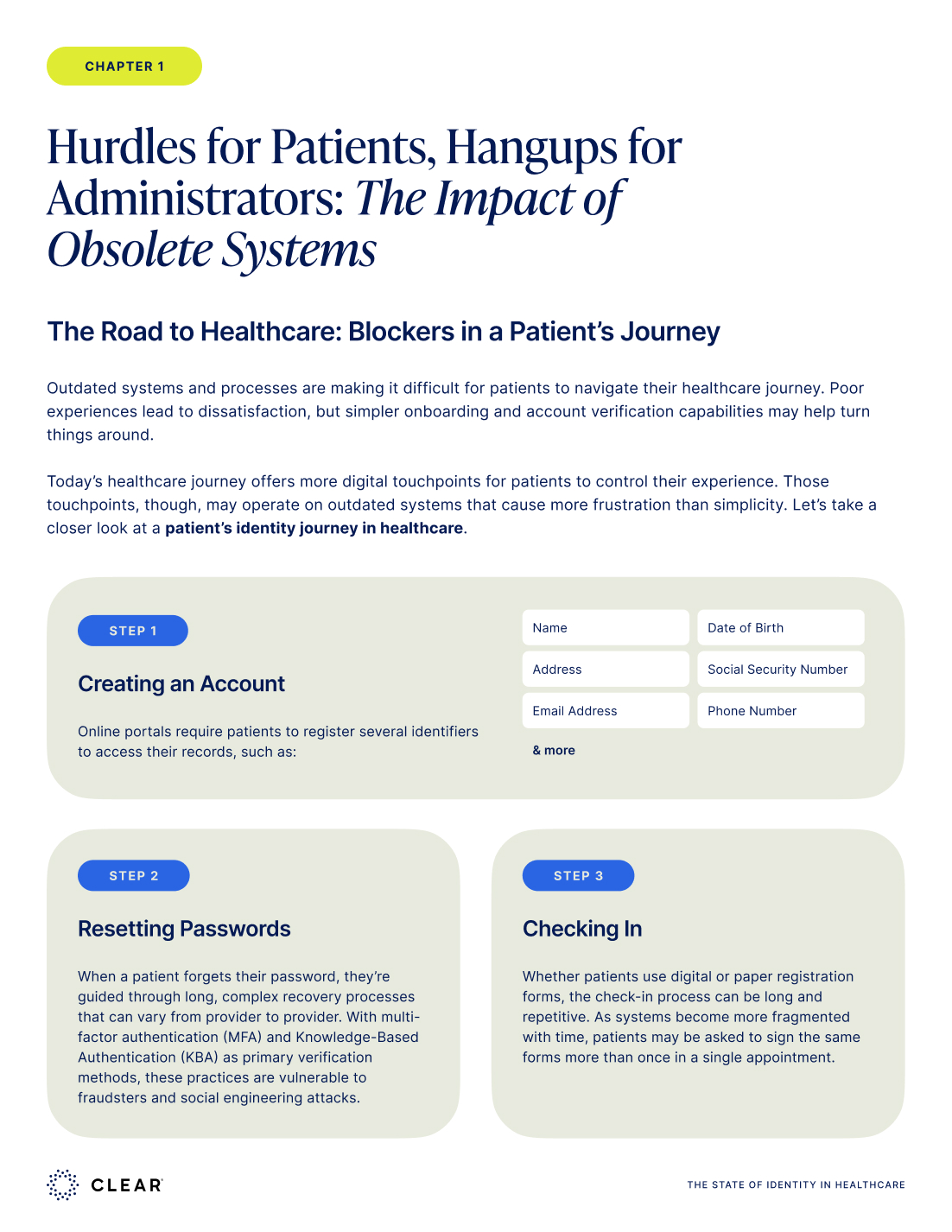


The MGM Resorts attack started with a simple phone call. Criminals convinced IT support to reset multi-factor authentication credentials, gained access to critical systems, and caused $100 million in losses. The most striking detail? MGM’s robust Identity-as-a-Service (IDaaS) worked exactly as designed—it authenticated users who appeared legitimate.
While the MGM Resorts attack marks an extreme case, it highlights a broader pattern. Insider-related risks don’t always make headlines, yet they drain organizations year after year. In fact, the average annual cost of insider threats is $17.4 million—and with 83% of companies experiencing at least one insider attack in 2024, enterprises must shift their approach to identity security.
While IDaaS provides essential authentication infrastructure, it operates on a dangerous binary assumption: Everyone with legitimate credentials has honorable intentions. This creates exploitable vulnerabilities where malicious actors operate undetected for an average of 86 days—enough time to systematically exfiltrate data, escalate privileges, or execute sophisticated fraud schemes.
Organizations need multi-layered identity assurance that goes beyond initial authentication to continuously verify the person behind the device. Solutions like CLEAR1 address this challenge by bridging the gap between authentication and comprehensive identity assurance.
What IDaaS Solutions Do Well: The Authentication Foundation
Traditional IDaaS platforms provide critical security infrastructure that modern enterprises depend on. These solutions have mastered initial authentication and access management with proven capabilities:
- Single sign-on convenience eliminates password fatigue while centralizing access control. Users authenticate once and gain seamless access to approved systems, reducing security risks and operational friction simultaneously.
- Centralized credential management provides administrators with unified control over user accounts, permissions, and access policies. This centralization drives consistent security standards and simplified compliance reporting across diverse technology environments.
- Multi-factor authentication adds essential security layers beyond passwords. By requiring additional verification factors, IDaaS solutions significantly reduce unauthorized access from stolen or compromised credentials.
- Directory services and user provisioning automate complex user lifecycle management across multiple systems. When employees join, change roles, or leave organizations, IDaaS platforms automatically adjust permissions across connected applications.
- Access control and permission management enable granular control over who can access what resources. Role-based access controls and conditional access policies help organizations implement least-privilege principles while maintaining operational efficiency.
The platforms excel at the “front door”—authenticating users at entry points with strong integration capabilities and compliance standards. Audit trails document access attempts for compliance requirements and security investigations.
However, these foundational capabilities represent only the first layer of a comprehensive IDaaS security strategy. The limitations emerge when authorized access becomes the attack vector.
When Legitimate Access Becomes a Threat
Once users pass initial authentication, most IDaaS solutions treat all users equally. This creates dangerous vulnerabilities that threats can exploit:
- Social engineering bypasses multi-factor authentication through help desk manipulation. Criminals convince support staff to reset credentials for fabricated employee identities, as demonstrated in the MGM attacks.
- Credential theft delivers authentic access through phishing, malware, or data breaches. Attackers inherit all privileges and trust levels that traditional systems grant to authorized users.
- Insider data exfiltration exploits authorized access for malicious purposes. Tesla's breach affecting 75,000 employees showed how authenticated users can systematically extract sensitive information without raising any red flags.
- Mid-session account takeovers allow criminals to inherit ongoing user privileges. Traditional systems cannot detect when valid credentials shift from authorized to unauthorized control.
The business reality: 75% of insider threats utilize legitimate access, and identity fraud spans corruption schemes, systematic data theft, and money laundering operations.
Building Additional Security Layers with Continuous Verification
The evolution from point-in-time authentication to continuous identity assurance represents a strategic imperative in IDaaS security strategy. Organizations need solutions that verify not just credentials, but the person behind the device throughout their session.
CLEAR1 integrates seamlessly with existing IDaaS infrastructure to address the human authentication gap:
Biometric verification at critical touchpoints:
- Onboarding verification prevents synthetic identity establishment by confirming new accounts belong to real individuals, blocking social engineering attempts before they gain system access.
- Account recovery protection requires biometric verification to prevent criminals from manipulating their way into authorized accounts—eliminating the primary attack vector seen in recent high-profile breaches.
- Privileged action verification triggers additional biometric confirmation, ensuring authorized users maintain control when it matters most.
Advanced identity assurance features:
- Dynamic re-authentication creates checkpoints for sensitive actions that synthetic identities and compromised accounts cannot pass.
- Liveness detection prevents spoofing attempts using photos, videos, or deepfake technology.
- Multi-signal analysis leverages hundreds of identity signals to build profiles that include biometric matching, document verification, device security analysis, network behavior, and cross-database data validation.
Unlike single-point authentication systems, this multi-layered approach detects anomalies that individual methods might miss.
The Integration Advantage
CLEAR1’s strength lies in enhancing existing IDaaS infrastructure without requiring disruptive replacements. Out-of-the-box integrations with leading IAM platforms like Okta and Ping Identity enable rapid deployment, while flexible APIs support integration with other platforms through straightforward configuration processes.
The no-rip-and-replace approach means organizations can build upon existing IDaaS investments rather than starting from scratch. Customizable verification requirements allow you to dial up additional security checks for privileged actions while maintaining access for standard operations.

Transforming Your IDaaS from Binary Authentication to Comprehensive Identity Assurance
The reality check is clear. IDaaS provides essential infrastructure, but cannot address insider threats alone.
The solution lies in layering identity assurance onto existing IDaaS platforms. CLEAR1’s multi-layered approach creates security barriers that insider threats cannot easily bypass while maintaining the user experience that drives adoption.
In an era where the enemy often carries legitimate credentials, the question isn't just "who are you?" but "are you still you?" throughout every critical interaction. Continuous authentication, combined with comprehensive identity assurance, creates the security depth that modern organizations need.
Discover how CLEAR1's multi-layered identity assurance integrates seamlessly with your existing IDaaS infrastructure to deliver measurable security outcomes without compromising the user experience.
The MGM Resorts attack started with a simple phone call. Criminals convinced IT support to reset multi-factor authentication credentials, gained access to critical systems, and caused $100 million in losses. The most striking detail? MGM’s robust Identity-as-a-Service (IDaaS) worked exactly as designed—it authenticated users who appeared legitimate.
While the MGM Resorts attack marks an extreme case, it highlights a broader pattern. Insider-related risks don’t always make headlines, yet they drain organizations year after year. In fact, the average annual cost of insider threats is $17.4 million—and with 83% of companies experiencing at least one insider attack in 2024, enterprises must shift their approach to identity security.
While IDaaS provides essential authentication infrastructure, it operates on a dangerous binary assumption: Everyone with legitimate credentials has honorable intentions. This creates exploitable vulnerabilities where malicious actors operate undetected for an average of 86 days—enough time to systematically exfiltrate data, escalate privileges, or execute sophisticated fraud schemes.
Organizations need multi-layered identity assurance that goes beyond initial authentication to continuously verify the person behind the device. Solutions like CLEAR1 address this challenge by bridging the gap between authentication and comprehensive identity assurance.
What IDaaS Solutions Do Well: The Authentication Foundation
Traditional IDaaS platforms provide critical security infrastructure that modern enterprises depend on. These solutions have mastered initial authentication and access management with proven capabilities:
- Single sign-on convenience eliminates password fatigue while centralizing access control. Users authenticate once and gain seamless access to approved systems, reducing security risks and operational friction simultaneously.
- Centralized credential management provides administrators with unified control over user accounts, permissions, and access policies. This centralization drives consistent security standards and simplified compliance reporting across diverse technology environments.
- Multi-factor authentication adds essential security layers beyond passwords. By requiring additional verification factors, IDaaS solutions significantly reduce unauthorized access from stolen or compromised credentials.
- Directory services and user provisioning automate complex user lifecycle management across multiple systems. When employees join, change roles, or leave organizations, IDaaS platforms automatically adjust permissions across connected applications.
- Access control and permission management enable granular control over who can access what resources. Role-based access controls and conditional access policies help organizations implement least-privilege principles while maintaining operational efficiency.
The platforms excel at the “front door”—authenticating users at entry points with strong integration capabilities and compliance standards. Audit trails document access attempts for compliance requirements and security investigations.
However, these foundational capabilities represent only the first layer of a comprehensive IDaaS security strategy. The limitations emerge when authorized access becomes the attack vector.
When Legitimate Access Becomes a Threat
Once users pass initial authentication, most IDaaS solutions treat all users equally. This creates dangerous vulnerabilities that threats can exploit:
- Social engineering bypasses multi-factor authentication through help desk manipulation. Criminals convince support staff to reset credentials for fabricated employee identities, as demonstrated in the MGM attacks.
- Credential theft delivers authentic access through phishing, malware, or data breaches. Attackers inherit all privileges and trust levels that traditional systems grant to authorized users.
- Insider data exfiltration exploits authorized access for malicious purposes. Tesla's breach affecting 75,000 employees showed how authenticated users can systematically extract sensitive information without raising any red flags.
- Mid-session account takeovers allow criminals to inherit ongoing user privileges. Traditional systems cannot detect when valid credentials shift from authorized to unauthorized control.
The business reality: 75% of insider threats utilize legitimate access, and identity fraud spans corruption schemes, systematic data theft, and money laundering operations.
Building Additional Security Layers with Continuous Verification
The evolution from point-in-time authentication to continuous identity assurance represents a strategic imperative in IDaaS security strategy. Organizations need solutions that verify not just credentials, but the person behind the device throughout their session.
CLEAR1 integrates seamlessly with existing IDaaS infrastructure to address the human authentication gap:
Biometric verification at critical touchpoints:
- Onboarding verification prevents synthetic identity establishment by confirming new accounts belong to real individuals, blocking social engineering attempts before they gain system access.
- Account recovery protection requires biometric verification to prevent criminals from manipulating their way into authorized accounts—eliminating the primary attack vector seen in recent high-profile breaches.
- Privileged action verification triggers additional biometric confirmation, ensuring authorized users maintain control when it matters most.
Advanced identity assurance features:
- Dynamic re-authentication creates checkpoints for sensitive actions that synthetic identities and compromised accounts cannot pass.
- Liveness detection prevents spoofing attempts using photos, videos, or deepfake technology.
- Multi-signal analysis leverages hundreds of identity signals to build profiles that include biometric matching, document verification, device security analysis, network behavior, and cross-database data validation.
Unlike single-point authentication systems, this multi-layered approach detects anomalies that individual methods might miss.
The Integration Advantage
CLEAR1’s strength lies in enhancing existing IDaaS infrastructure without requiring disruptive replacements. Out-of-the-box integrations with leading IAM platforms like Okta and Ping Identity enable rapid deployment, while flexible APIs support integration with other platforms through straightforward configuration processes.
The no-rip-and-replace approach means organizations can build upon existing IDaaS investments rather than starting from scratch. Customizable verification requirements allow you to dial up additional security checks for privileged actions while maintaining access for standard operations.

Transforming Your IDaaS from Binary Authentication to Comprehensive Identity Assurance
The reality check is clear. IDaaS provides essential infrastructure, but cannot address insider threats alone.
The solution lies in layering identity assurance onto existing IDaaS platforms. CLEAR1’s multi-layered approach creates security barriers that insider threats cannot easily bypass while maintaining the user experience that drives adoption.
In an era where the enemy often carries legitimate credentials, the question isn't just "who are you?" but "are you still you?" throughout every critical interaction. Continuous authentication, combined with comprehensive identity assurance, creates the security depth that modern organizations need.
Discover how CLEAR1's multi-layered identity assurance integrates seamlessly with your existing IDaaS infrastructure to deliver measurable security outcomes without compromising the user experience.











